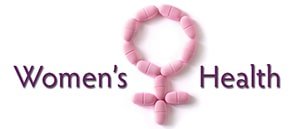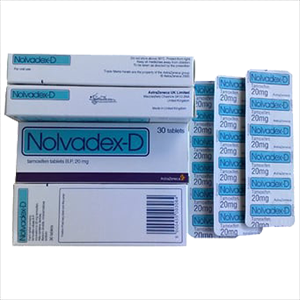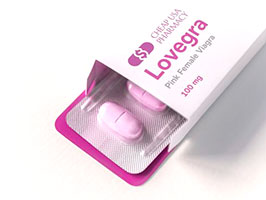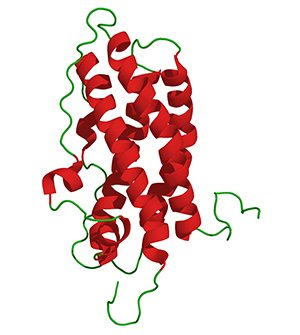category
Women’s Health

Our pharmacy is very sensitive to the issue of female health; women enter our website with confidence, looking for advice and answers to meet their health needs for matters of contraception, fertility, sexual health, menstrual pain, hormonal balance, beauty, nutrition, healthy weight and many more. From our daily experience it turns out that women are responsible for family health and that women think more about the health of their loved ones than their own condition. It is important to understand that when woman’s health is taken care of, she can tend to the needs of her family. Protecting women’s health means protecting the entire community because women play a strategic role for the adoption of healthy lifestyles as well as for the prevention, treatment and rehabilitation of pathologies that affect those close to them.

Women’s Health
Womenra
Womenra (sildenafil) is an oral drug used in sexual desire disorders in females. Womenra promotes increased libido and helps solve problems caused by vaginal dryness. The use of this product facilitates achievement of orgasms and drives up their intensity, as well as makes the general pleasure derived from the foreplay and the sexual act itself (according to Womenra reviews shared by users).

Women’s Health
Nolvadex
Nolvadex is a selective anti-oestrogenic drug used in the treatment of breast cancer and has recently been re-evaluated for the short-term treatment of anovulatory female infertility.

Women’s Health
Lovegra
Lovegra (sildenafil) is the first oral drug effectively acting on female sexual desire and the ability to experience pleasure during the sexual act. The drug increases the sensitivity of the genital apparatus in a measurable way, promoting vaginal lubrication and augmenting responsiveness towards stimulation. Lovegra promotes more powerful orgasms and makes it considerably easier to achieve them with minimal stimulation after vaginal penetration.

Women’s Health
Lady Era
Lady Era (sildenafil citrate) is an oral drug used in women with manifested disorders related to the sexual desire and the ability to derive satisfaction from their sexual experiences. The drug belongs to a group of medicines called “phosphodiesterase type 5 inhibitors (PDE5)”; the substance works by blocking the enzyme phosphodiesterase which normally reduces the levels of a substance called cyclic GMP (cGMP).

Women’s Health
Addyi
Addyi, a commercial name for filibanserin, a drug approved by the Food and Drug Administration in 2015, acts on the hypoactive disorder of women’s sexual desire.
10% of women suffer from it and manifest themselves with the persistent or recurrent absence of fantasies and receptiveness with respect to sexual activity.

Women’s Health
Clomid
Clomid (clomiphene citrate, or clomiphene), is a structural analogue of estrogens, and inhibits their action by preferentially binding to the receptor of the hypothalamic neuron normally intended for the reception of estrogen hormones. This makes clomiphene a competitive inhibitor of estrogens at the level of hypothalamic receptors.

Women’s Health
Cabgoline
Cabgoline is one of the drugs used when suffering from hyperprolactinaemia, which is when the levels of prolactin in the blood are too high. This hormone produced by the pituitary gland (one of our endocrine glands), in fact, under normal conditions is very low in both men and women, its level rises only during pregnancy and lactation, given that its primary function is to stimulate the production of breast milk.
